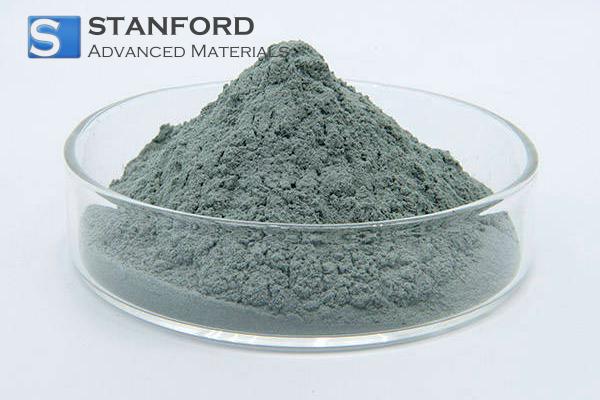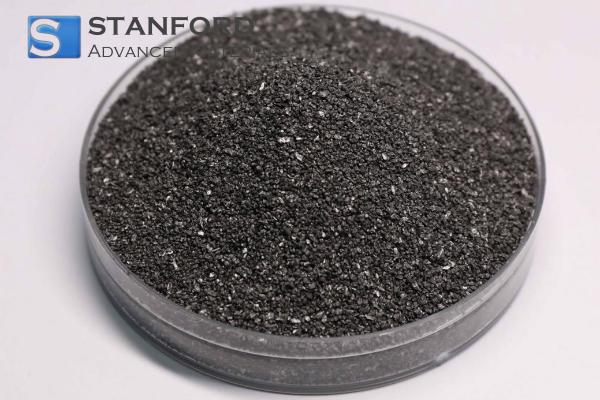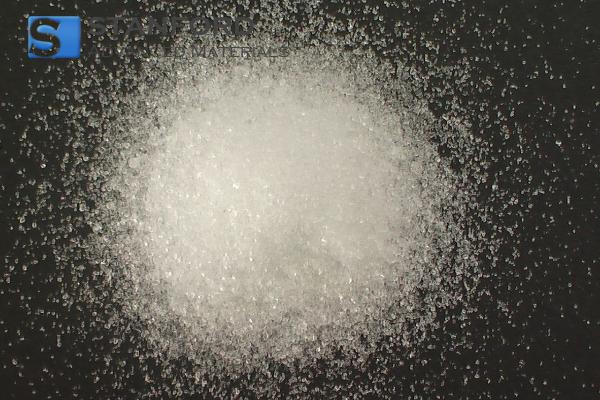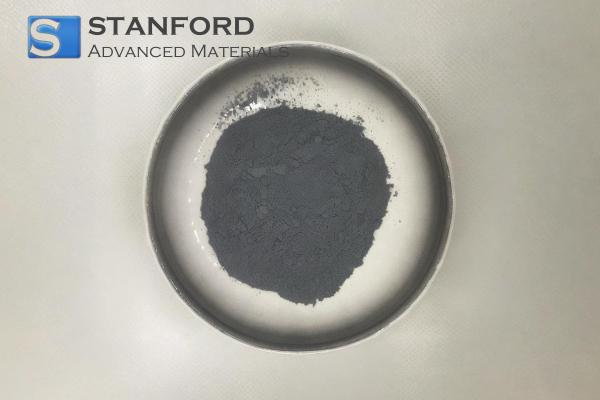Introduction To Specific Heat Capacity
What is the specific heat capacity?
The specific heat capacity is a property that quantifies the amount of heat energy required to raise the temperature of a unit mass of a substance by one degree Celsius. It is a fundamental concept in thermodynamics and is critical for understanding how various materials respond to heat.
How is the specific heat capacity calculated?
The specific heat capacity(cc) of a substance is the quantity of heat required to raise the temperature of a unit mass of that substance by one degree Celsius (or one Kelvin). The equation for specific heat capacity is:
Q=m*c*ΔT
Where:
- Q = supplied heat energy (Joules, J)
- m = mass of the substance (kg)
- c = specific heat capacity (J/kg-°C or J/kg-K)
- ΔT = change in temperature (°C or K)
Specific heat capacity vs. heat capacity
Although both terms refer to heat energy, specific heat capacity and heat capacity are distinct concepts. The heat capacity is the amount of heat energy required to change the temperature of an entire object, irrespective of its mass. In contrast, the specific heat capacity is the heat required to raise the temperature of a unit mass of a substance by one degree Celsius.
|
Feature |
Specific heat capacity |
Heat capacity |
|
Definition |
Heat required to raise the temperature of 1 g by 1 °C |
Heat required to change the temperature of an object |
|
Units |
J/(g-°C) |
J/°C |
|
Dependence on mass |
Independent |
Dependent on mass |
|
Example |
Calculation of heat for 100 g of water |
Determination of the heat for a 1 kg metal rod |
Examples of specific heat capacity
Different materials exhibit distinct specific heat capacities. An example:
- Water possesses a high specific heat capacity, thereby absorbing a significant amount of heat with minimal temperature change.
- Aluminium has a lower specific heat capacity than water, and consequently, it heats up and cools down more quickly.
- Iron has an even lower specific heat capacity, thereby making it suitable for applications that require fast temperature variations.
The following table shows the specific heat capacities of various substances:
|
Substance |
Specific heat capacity (J/kg-°C or J/kg-K) |
|
Water |
4 186 |
|
Ice |
2 090 |
|
Iron |
450 |
|
Copper |
385 |
|
Aluminium |
900 |
|
Lead |
128 |
|
Glass |
840 |
|
Ethanol |
2 430 |
|
Wood (Oak) |
1 700 |
|
Air (at 20°C) |
1 005 |
|
Gold |
129 |
|
Mercury |
138 |
Further information is available at Stanford Advanced Materials (SAM).
Frequently Asked Questions
Which factors influence the specific heat capacity?
The influencing factors include the material’s molecular structure, its phase, and temperature.
Why does water have a high specific heat capacity?
Due to the presence of hydrogen bonds, water requires a larger amount of heat energy to achieve the same temperature increase.
How is the specific heat capacity used in real life?
It is utilised in the design of heating and cooling systems, in cooking, and in analysing climate dynamics.
Can specific heat capacity change with temperature?
Yes, in some materials the specific heat capacity varies with temperature.
Is the specific heat capacity the same for all states of matter?
No, different states (solid, liquid, gaseous) of the same substance can exhibit different specific heat capacities.

 Bars
Bars
 Beads & Spheres
Beads & Spheres
 Bolts & Nuts
Bolts & Nuts
 Crucibles
Crucibles
 Discs
Discs
 Fibers & Fabrics
Fibers & Fabrics
 Films
Films
 Flake
Flake
 Foams
Foams
 Foil
Foil
 Granules
Granules
 Honeycombs
Honeycombs
 Ink
Ink
 Laminate
Laminate
 Lumps
Lumps
 Meshes
Meshes
 Metallised Film
Metallised Film
 Plate
Plate
 Powders
Powders
 Rod
Rod
 Sheets
Sheets
 Single Crystals
Single Crystals
 Sputtering Target
Sputtering Target
 Tubes
Tubes
 Washer
Washer
 Wires
Wires
 Converters & Calculators
Converters & Calculators
 Write for Us
Write for Us





 Chin Trento
Chin Trento



